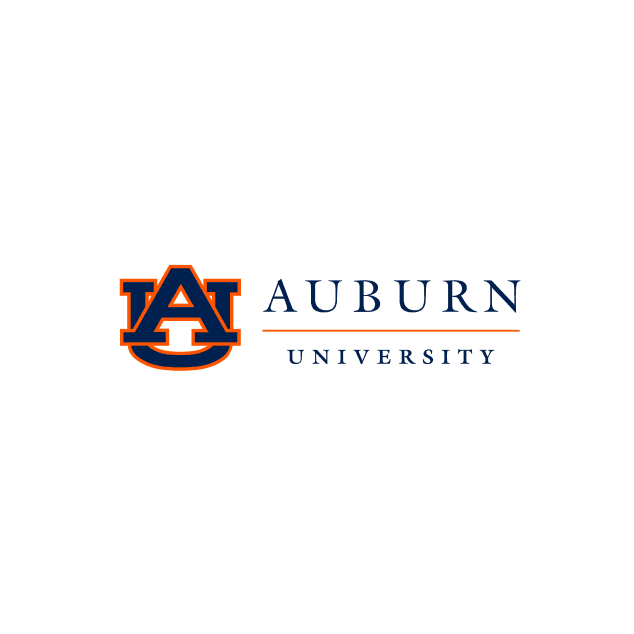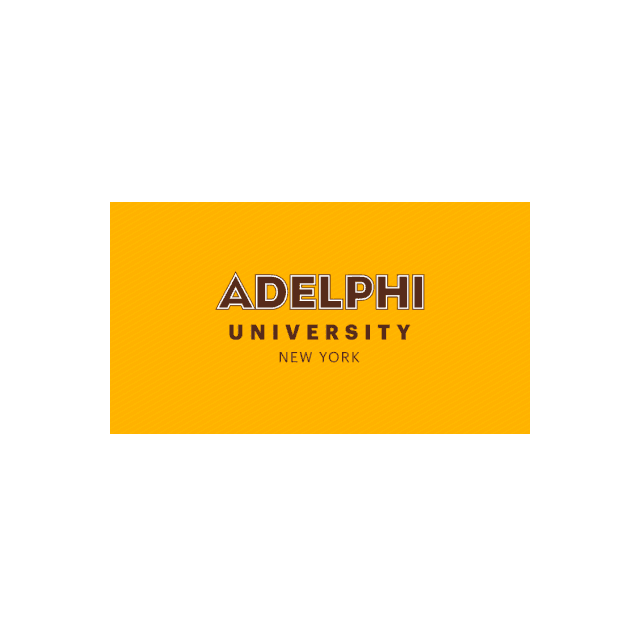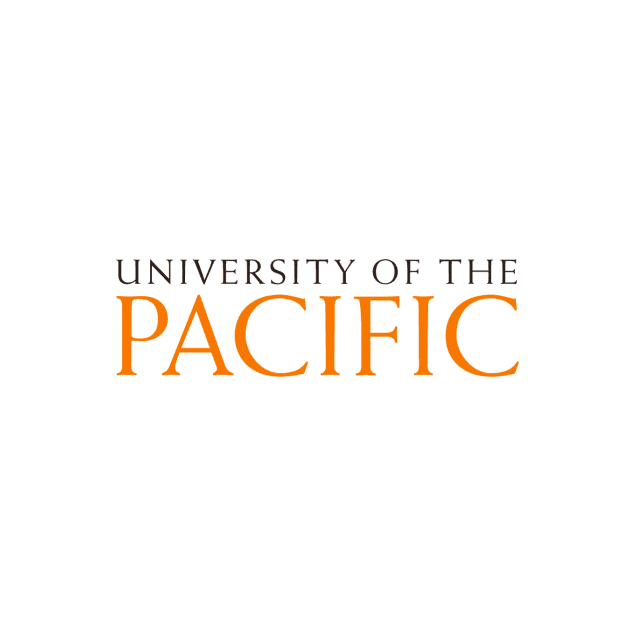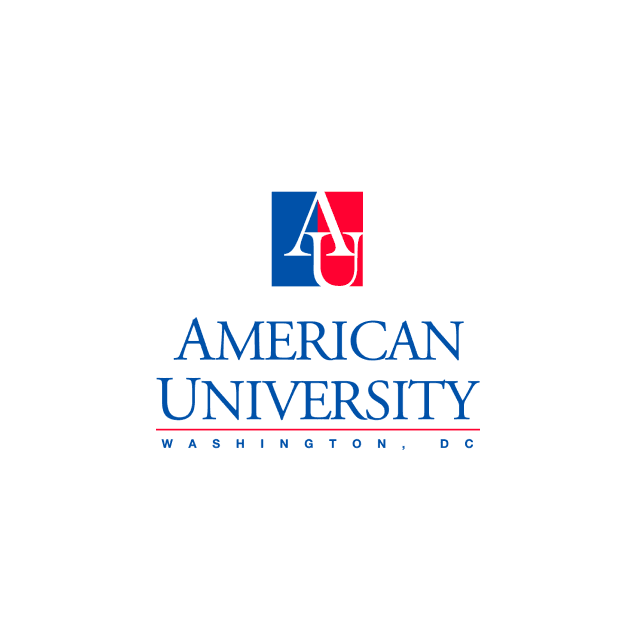Top Universities in
United States
Fuel your future at best universities - where excellence ignites success.
ABOUT
Life in
United States
A must-read for you. Don’t miss out on this essential information!
POPULATION
341 Millions
CAPITAL
Washington D.C.
GDP
$26 Trillion
LANGUAGES
English
UNIVERSITIES
4000
United States
Cost of Education ( Approx)
Public universities $20,000 - $35,000
Private universities $40,000 - $45,000
Admission Requirements
Copy of a valid passport
Proof of English proficiency (TOEFL/IELTS test scores)
Academic Transcripts
Letter of Recommendations (LOR's)
Curriculum vitae (CV)
Evidence of funds
Popular Courses
Business
Engineering
Math's & Computer Science
Health Professions
Social Sciences
Psychology
Explore More Details
Types of Scholarships
Fulbright Program for Foreign Students
United World Colleges (UWC) International Youth Scholarships
Rotary Peace Fellowships
P.E.O. International Peace Scholarship (IPS)
Clark Global Scholarship Program
Rotary International Ambassadorial Scholarships
Cost of Living (Tentative)
Rent $600 - $1500
Food $300 - $600
Transportation $500 - $1000
Miscellaneous $500 - $1000
Health Services $1500
Part-time Opportunity
On-Campus Jobs: Most international students on an F-1 visa are permitted to work up to 20 hours per week during the school term. During holidays and breaks, they may work full-time (up to 40 hours per week).
Off-Campus Jobs: After completing one year of academic study, students can explore off-campus opportunities through Curricular Practical Training (CPT) or Optional Practical Training (OPT) programs, provided they meet specific eligibility criteria.
Common On-Campus Jobs are Library Assistant, Teaching Assistant, Research Assistant, Cafeteria or Student Center Jobs & Administrative Support
Career Insights
Diverse Job Market: The USA has a robust job market with opportunities across various fields, including technology, healthcare, finance, engineering, and the arts. International students can leverage their unique backgrounds and skills to stand out to employers.
Networking and Internships: Building a professional network is crucial. Many universities offer career fairs, networking events, and internship programs that provide valuable experience and connections. Participating in internships can enhance employability after graduation.
Industry Insights
Growing Sectors: Industries such as technology, healthcare, and renewable energy are experiencing significant growth. Fields like data science, artificial intelligence, and cybersecurity are particularly in demand, offering numerous job opportunities for graduates.
Skills Shortages: There are ongoing skill shortages in certain sectors, especially in STEM (Science, Technology, Engineering, and Mathematics) fields. This demand creates favorable conditions for international students with relevant qualifications and skills, often leading to better job prospects and pathways to work visas.






